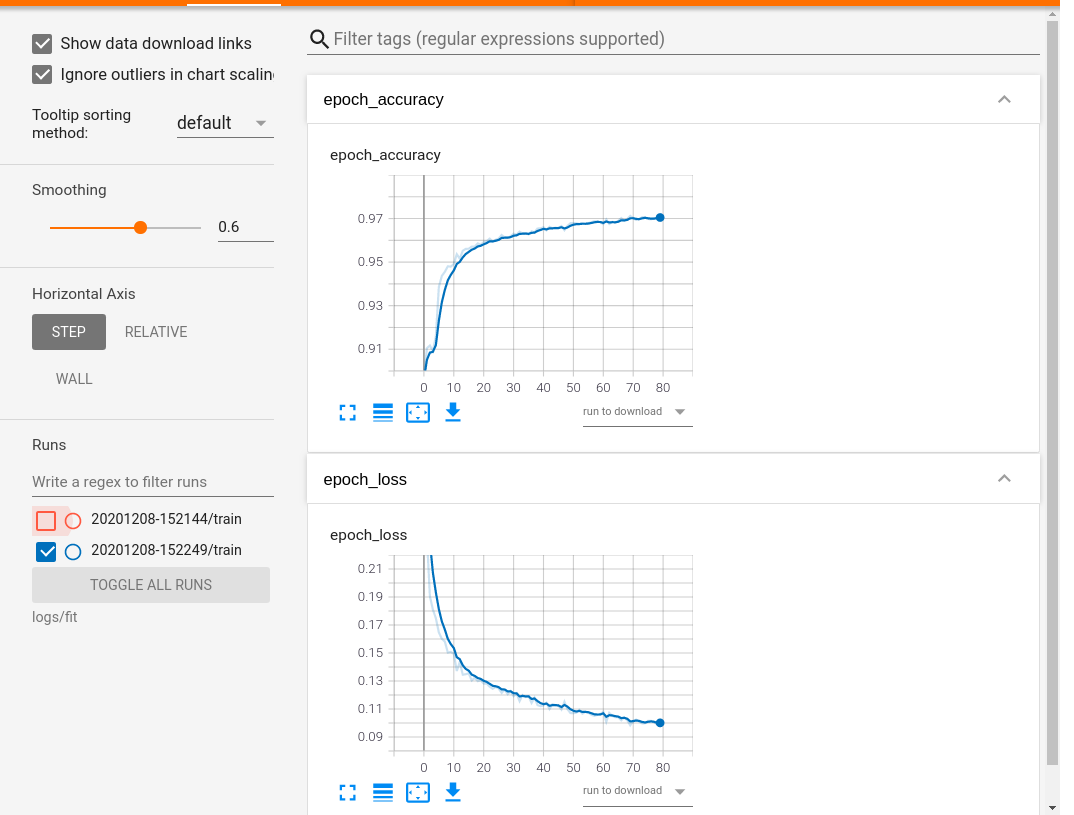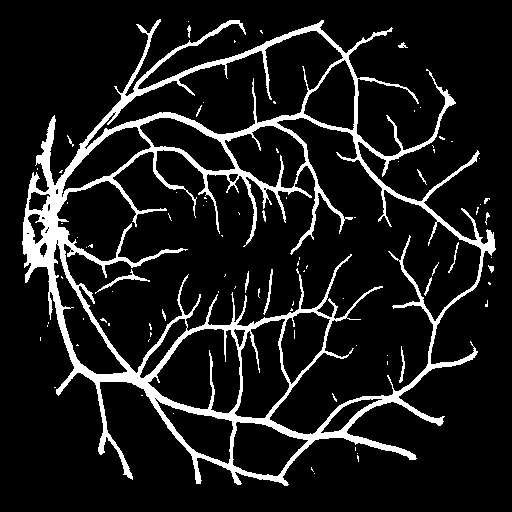This example demonstrates the use of U-net model for retinal blood vessel segmentation on tensorflow 2.x
This jupyter notebook presents all requirements needed to achieve pixel-level semantic segmentation using images. This specific use case is on retinal image blood vessel segmentation as explained in the blog series:
https://www.youtube.com/watch?v=1kiPy2tvECs&list=PLQKflBw-kPeecjC345saTF2YrfImciCrr
This specific implementation models the U-net implemenation in the research paper: Roychowdhury S. Few Shot Learning Framework to Reduce Inter-observer Variability in Medical Images. IEEE ICPR, 2021. https://arxiv.org/abs/2008.02952
Download the library requirements "requirements.yml" and ensure your python environment is compatible.
Download the STARE vessel data
- From the page https://cecas.clemson.edu/~ahoover/stare/probing/index.html
- Download 20 images (top row) followed by the labelled vessels by Adam Hoover (second row).
- Unpack the images and labels in a local folder.
- Create the following folder structure in your local folder:
./STARE/
│
└───train
| └───images
| └───GT
│
└───test
├──images
└───GT
- The following images are used to train: [image0001 image0002 image0003 image0004 image0005 image0044 image0077 image0081 image0082 image0139 ]
- Place these images under ./STARE/train/images/ folder and the hand labelled images under ./STARE/train/GT folder
- All remaining images are placed under ./STARE/test/images/ and the respective hand labelled images are under ./STARE/test/GT/
Download the U-net_TF2_retinal_image_segmentation_STARE.ipynb and run it.
- The U-net with Depth 4 is trained using 10 images, loss function of binary-crossentropy, Adam optimizer and augmented significnatly using the keras imagedata generator.
- The tensorboard graphs are as follows:

Precision= 0.7557, Recall= 0.8493 IoU= 0.6648 acc= 0.9606 F1= 0.7979
